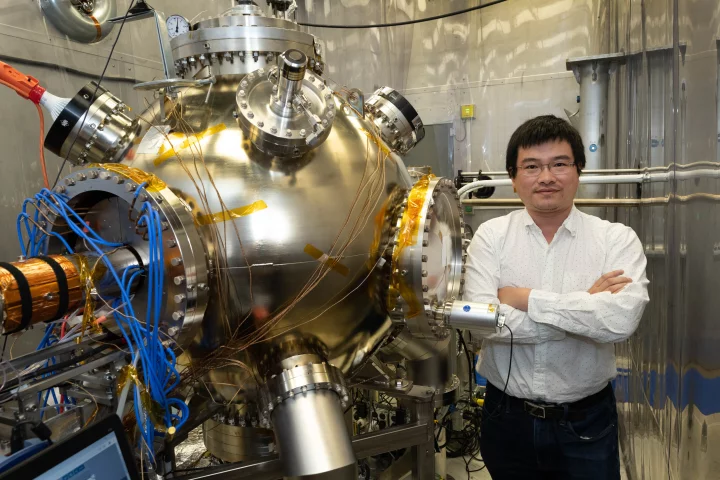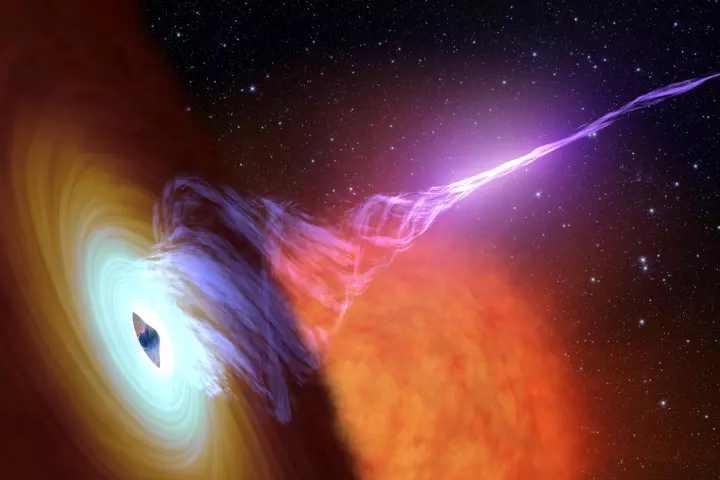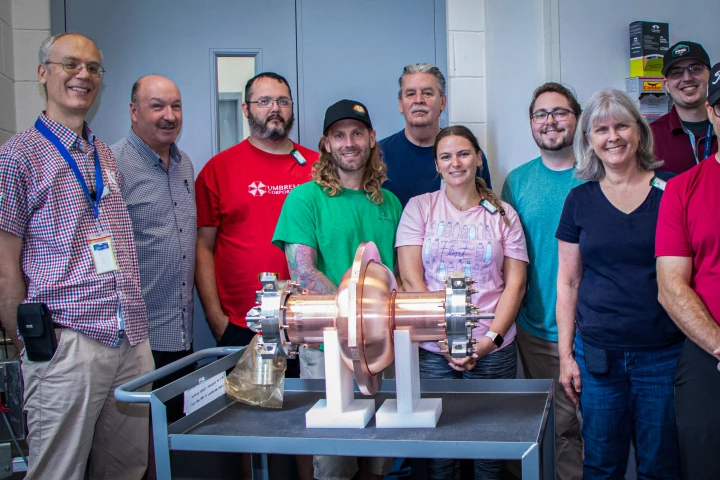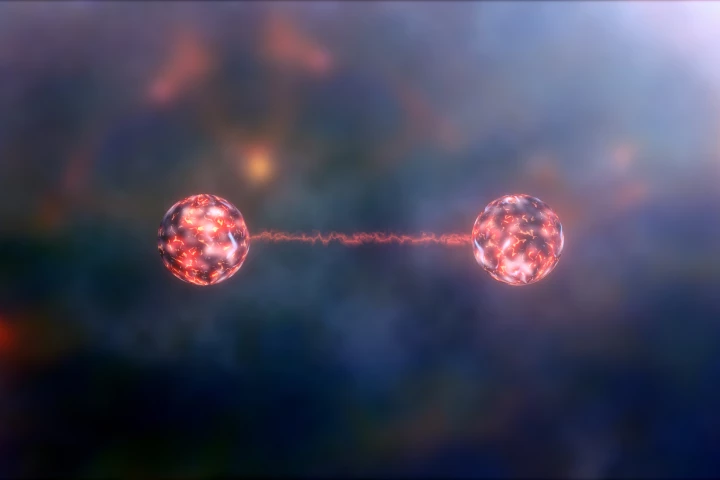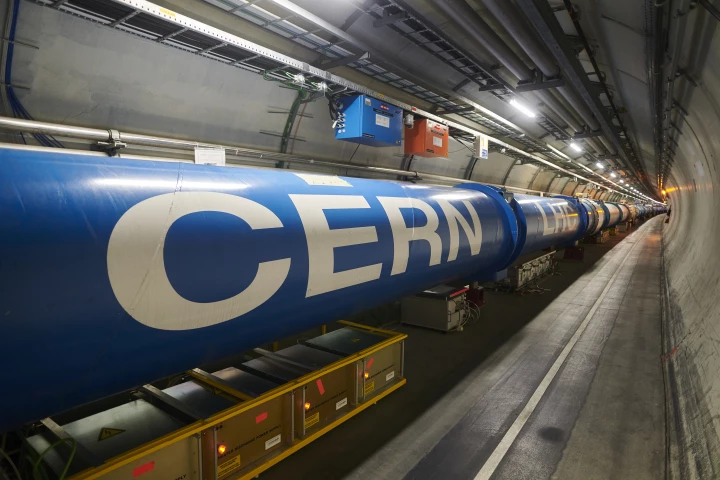Particle accelerator
-
On New York's Long Island, scientists are building an ambitious machine to tease apart the mysteries held inside atomic nuclei. A major component of that system is the world's highest voltage electron gun and it's just aced a six-month test.
-
Supermassive black holes have been known to belch gigantic beams of plasma into space – and now scientists have managed to recreate these fireballs in a lab at CERN.
-
Professor Peter Higgs has died aged 94. The theoretical physicist was best known for his prediction of a key elementary particle, the Higgs boson, which earned him the 2013 Nobel Prize in Physics soon after its discovery.
-
Using off-the-shelf industrial parts, a team of researchers from the public and private sectors has created a prototype of a small particle accelerator that could have a big impact bringing the technology forward for commercial applications.
-
The USA has only two accelerators that can produce 10 billion electron-volt particle beams, and they're each about 1.9 miles long. "We can now reach those energies in 10 cm," said the CEO of TAU Systems, which has built an ultra-compact accelerator.
-
Physicists at Brookhaven National Laboratory have discovered a completely new type of quantum entanglement, the spooky phenomenon that binds particles across any distance. This allowed scientists to peer inside nuclei in more detail than ever before.
-
This month marks the 10th anniversary of the discovery of the Higgs boson. But what exactly is this particle, and why is it so important? What has it taught us in the last decade – and more importantly, what could it teach us in the next decade?
-
The Large Hadron Collider (LHC), the largest and most powerful particle accelerator ever built, is ready to renter service after a three-year overhaul and refit. On April 22, two proton beams were sent around the the 27-kilometer-long ring.
-
A collaboration of physicists has made the most precise measurement of the mass of the W boson. The new measurement of this key particle differs drastically from the Standard Model's predictions– and it may unravel physics as we know it.
-
Fermilab physicists have developed a next-generation magnet that can generate a magnetic field with great efficiency, and used it to demonstrate what they describe as the world’s fastest ramping rates for particle accelerator magnets.
-
Physicists have detected “ghost particles” in the Large Hadron Collider for the first time. An experiment called FASER picked up signals of neutrinos being produced in particle collisions, which can help scientists better understand key physics.
-
A groundbreaking new imaging technique, utilizing X-rays 100 billion times brighter than a hospital X-ray machine, is offering 3D images in unprecedented detail, allowing whole organs to be imaged down to a resolution of 1 micron.
Load More
